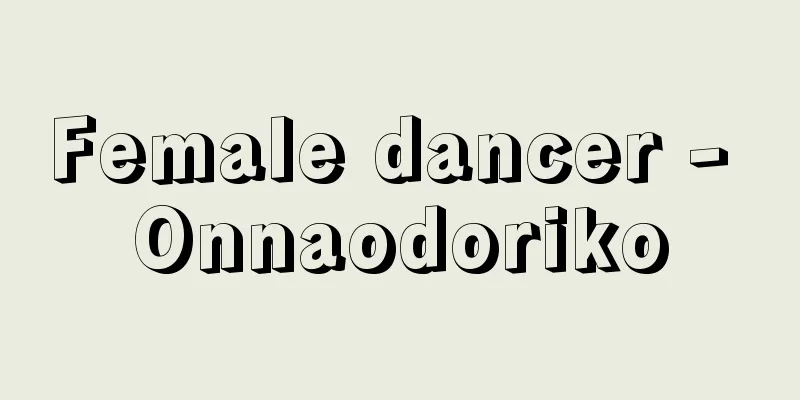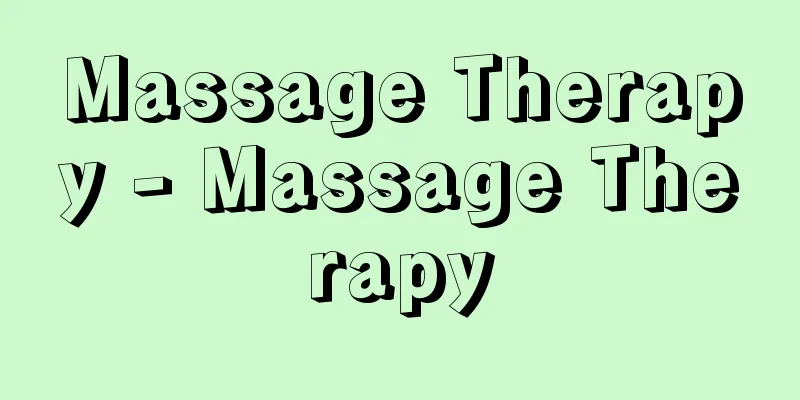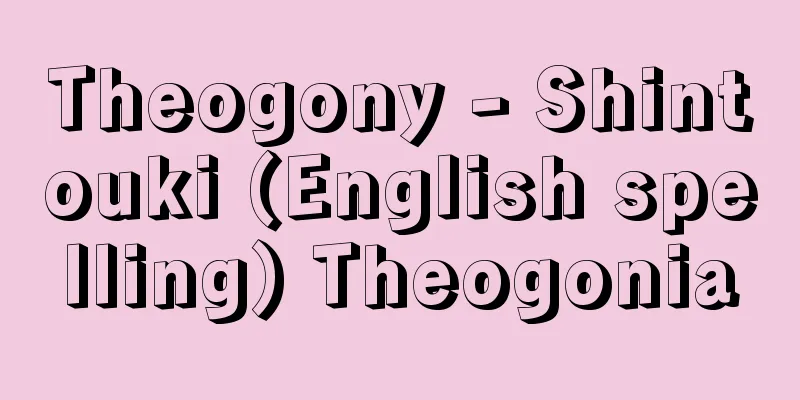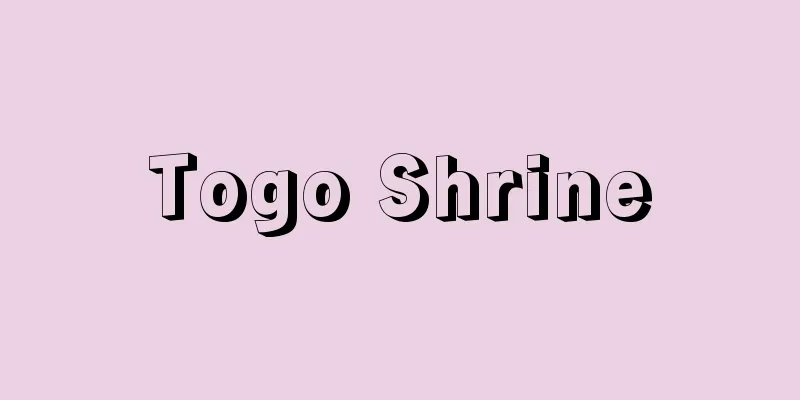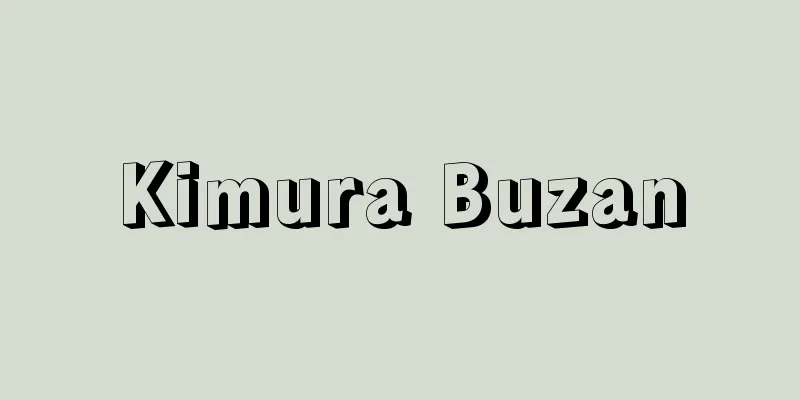Cerebral palsy - Nouseimahii (English spelling) Cerebral palsy

What is the disease? It refers to "abnormalities of movement" caused by some kind of brain disorder that occurs from the time the fetus is in the womb until immediately after birth (up to 4 weeks). Paralysis that progresses with age, temporary paralysis, or simple developmental delays are not called cerebral palsy. One term that is easily confused is "polio," which is paralysis caused by poliovirus infection ( What is the cause? Genetic factors and How symptoms manifest In most cases, abnormalities in motor development are discovered during regular infant health checkups after birth. The main symptoms are: 1) delayed motor development, 2) abnormal movements and posture, 3) Testing and diagnosisWe refer to the records in the maternal and child health handbook (conditions during pregnancy, progress of delivery, etc.) to fully understand the mental and motor developmental state before symptoms appeared. Physical examination and psychological developmental tests are the basis, and head CT/MRI and cerebrospinal fluid tests may be added as necessary. All of this information is combined to make a diagnosis. Treatment methodsCurrent medical science cannot completely cure a disease (remove any disability at all). Therefore, treatment is centered on receiving treatment and training to help the patient control posture, movement, eating, speech, etc., despite the disability. A doctor will evaluate the type and degree of paralysis and the level of development to determine appropriate treatment and training goals. Treatments include 1) drug therapy and 2) surgical therapy. 1) involves taking medication to relieve muscle tension, and 2) surgery is performed to correct foot deformities and relieve muscle tension. There are two types of training: ③ physical therapy and ④ occupational therapy. ③ is mainly performed to improve mobility and relieve muscle tension, and ④ is performed to improve daily movements using the hands. ① is mainly performed in the pediatric department, ② in the orthopedic department, and ③ and ④ in the rehabilitation department. What to do if you notice an illnessVisit a pediatric or pediatric neurology outpatient clinic to determine whether cerebral palsy is suspected. We recommend that you receive a diagnosis at a medical institution with a pediatric neurology department. Even after a diagnosis, it is important to choose a medical institution where you can receive appropriate evaluations of mental and physical development and support for daily life. There are many active groups for patients and their families with the same disease, which can be a useful reference for obtaining specific information. Related TopicsMental retardation, epilepsy Kenichi Yamada Cerebral palsy |
どんな病気か 胎児がおなかのなかにいる時から出生直後(4週まで)の間に起きた、脳の何らかの障害による「運動の異常」を指します。年齢とともに進行する麻痺や一時的な麻痺、あるいは単に発達が遅れているだけのものは脳性麻痺とは呼びません。間違えやすいものに「小児麻痺」がありますが、これはポリオウイルス感染によって発生する麻痺( 原因は何か 遺伝的要因や 症状の現れ方 多くは、出生後の定期的な乳幼児健康診断時に、運動発達の異常で発見されます。主な症状として、①運動発達の遅れ、②異常な運動と姿勢、③ 検査と診断母子手帳記録(妊娠中の様子、分娩の経過など)を参照し、症状がみられるようになるまでの精神と運動発達の状況について十分に把握します。体の診察、心理発達検査を基本として、必要に応じて頭部CT・MRI、脳脊髄液検査などが加わることがあります。これらすべての情報を総合して診断されます。 治療の方法現在の医学では病気を完全に治す(まったく障害がない状態にする)ことはできません。 したがって治療は、障害があっても姿勢・運動、摂食、発語などをうまくコントロールしていけるように治療、訓練を受けることが中心になります。医師の診察で麻痺のタイプと程度および発達の程度を評価して、それに合った治療と訓練の目標を決めます。治療には、①薬物療法、②手術療法があり、①は筋肉の緊張を和らげる薬の内服、②は足の変形を治し、筋肉の緊張を和らげるための手術が行われます。 訓練には、③理学療法、④作業療法があります。③は主に移動する機能の向上と筋肉の緊張の緩和、④は手を使った日常動作を向上させるために行われます。①は小児科、②は整形外科、③④はリハビリテーション科で主に行います。 病気に気づいたらどうする小児科、小児神経科の外来を受診し、本当に脳性麻痺が疑わしいかどうかを判断をしてもらいます。小児神経科のある医療機関での診断を受けることをすすめます。また診断後も、心と体の発達に関する適切な評価、日常生活のサポートを受けられる医療機関を選ぶことも大切です。 同じ疾患をもった患者ご家族の会が多く活動されており、具体的な情報を得る参考になることがあります。 関連項目精神遅滞、てんかん 山田 謙一 脳性麻痺
|
<<: Trumpet Creeper - Trumpet Creeper
>>: Agricultural Policy Theory
Recommend
Gas cell
…The pressure has a large effect on the equilibri...
Yokobue
[1] [noun] ① A general term for a flute played sid...
Completely artificial heart
...Also, in the sense of temporarily taking over ...
Beaverbrook - 1st Baron Beaverbrook
British journalist and politician. His real name ...
Goldwyn - Samuel Goldwyn
One of the leading filmmakers in Hollywood from t...
Yaeyama palm - Yaeyama palm (English spelling) satakentia palm
A tall palm tree of one genus and one species nati...
Jelep La (English spelling)
…Many travelers used to pass through here to ente...
Falla - Falla (English spelling) Manuel de Falla
Spanish composer born in Cadiz. Of Valencian (pat...
Giant pipe vine - Giant pipe vine
...The most well-known is the pipe vine A. elegan...
Infection prevention - Kansenboshi
…The Japanese word "disinfection" is a ...
Fixed thought - Jōkō
〘Noun〙 In the Heian period, a ceremony held every ...
Pour-over method - Okisosogi method
...There are several steps involved, and various ...
Furfural - Furfural (English spelling)
A heterocyclic aldehyde. It is also called 2-fura...
Yoshihide Ashikaga
Year of death: Eiroku 11.9 (1568) Year of birth: T...
Amphitryon
Hero of Greek mythology. Son of Alcaeus. He was en...


